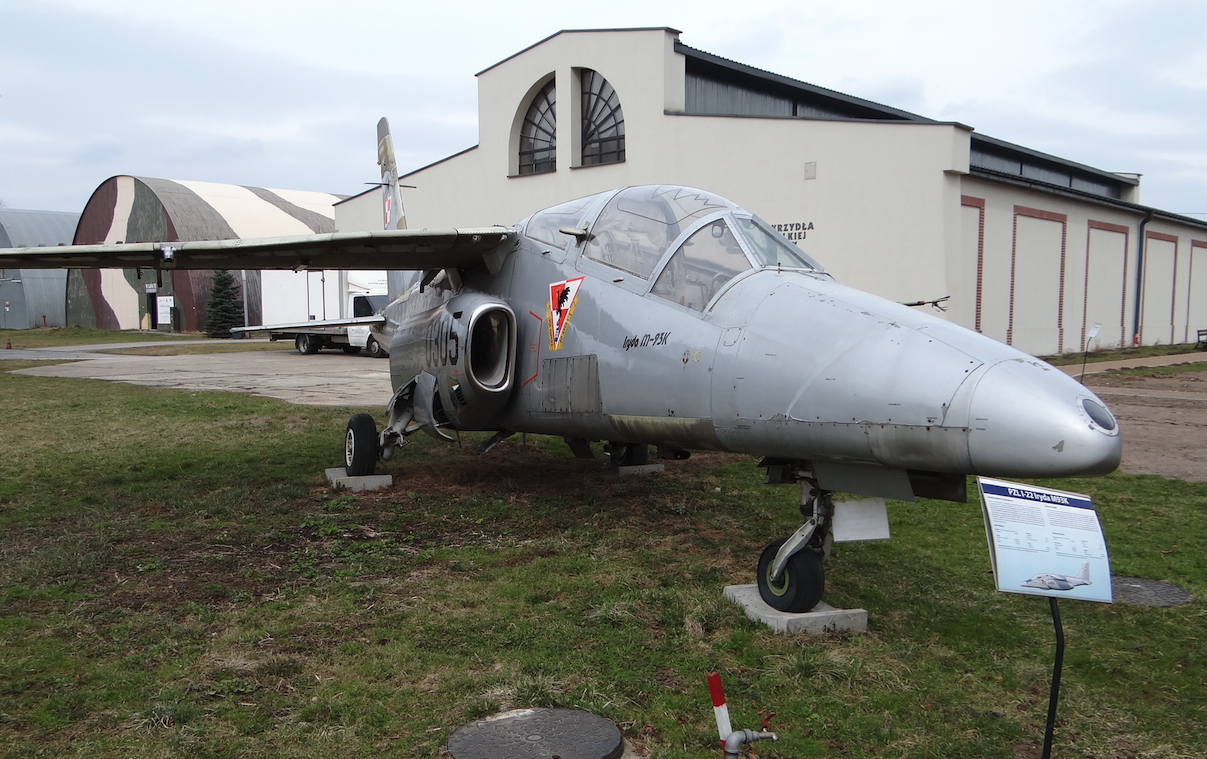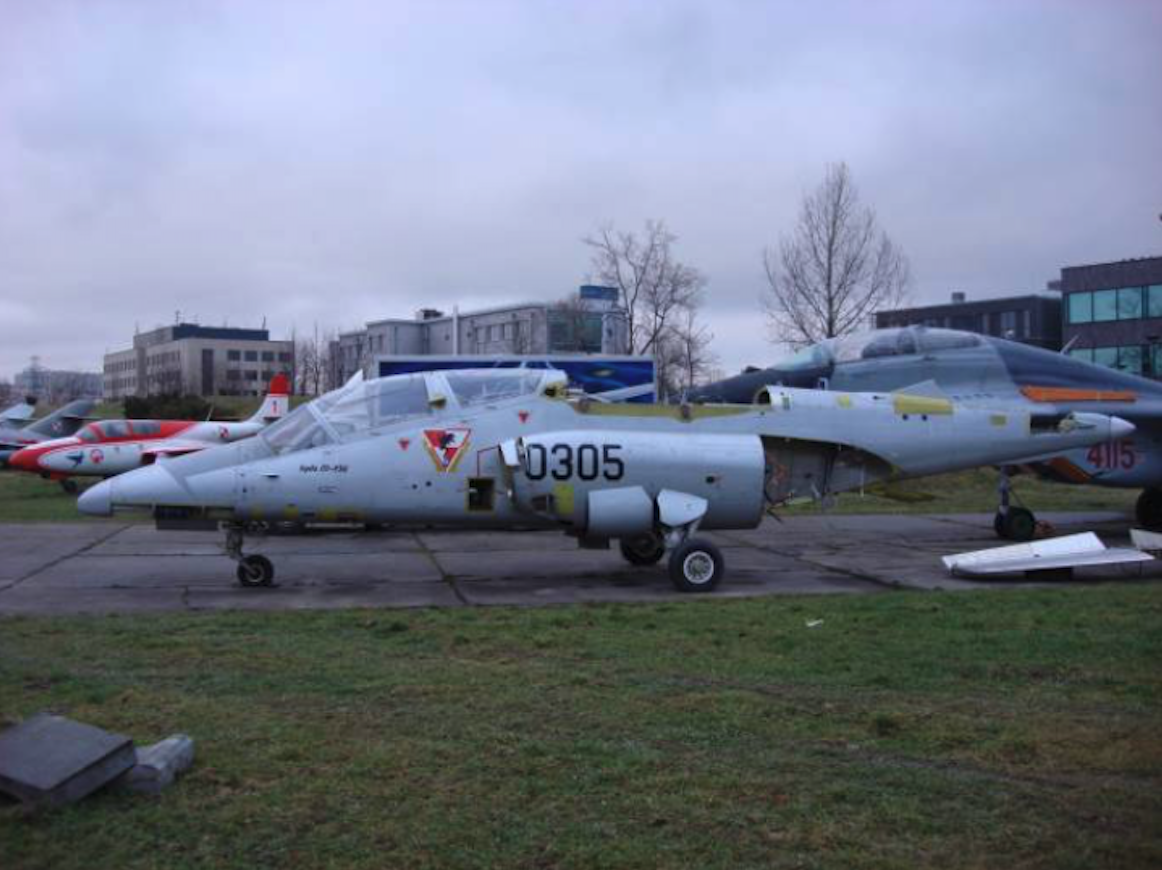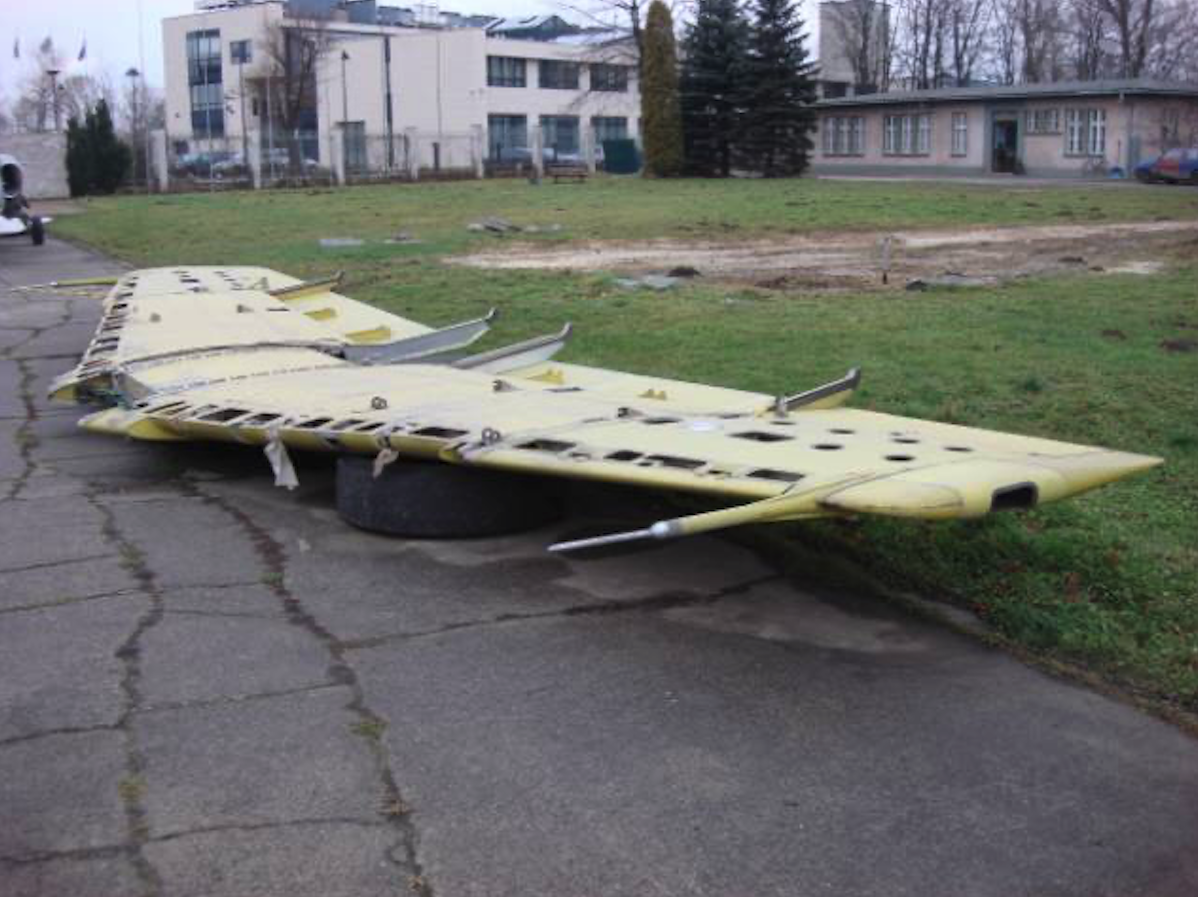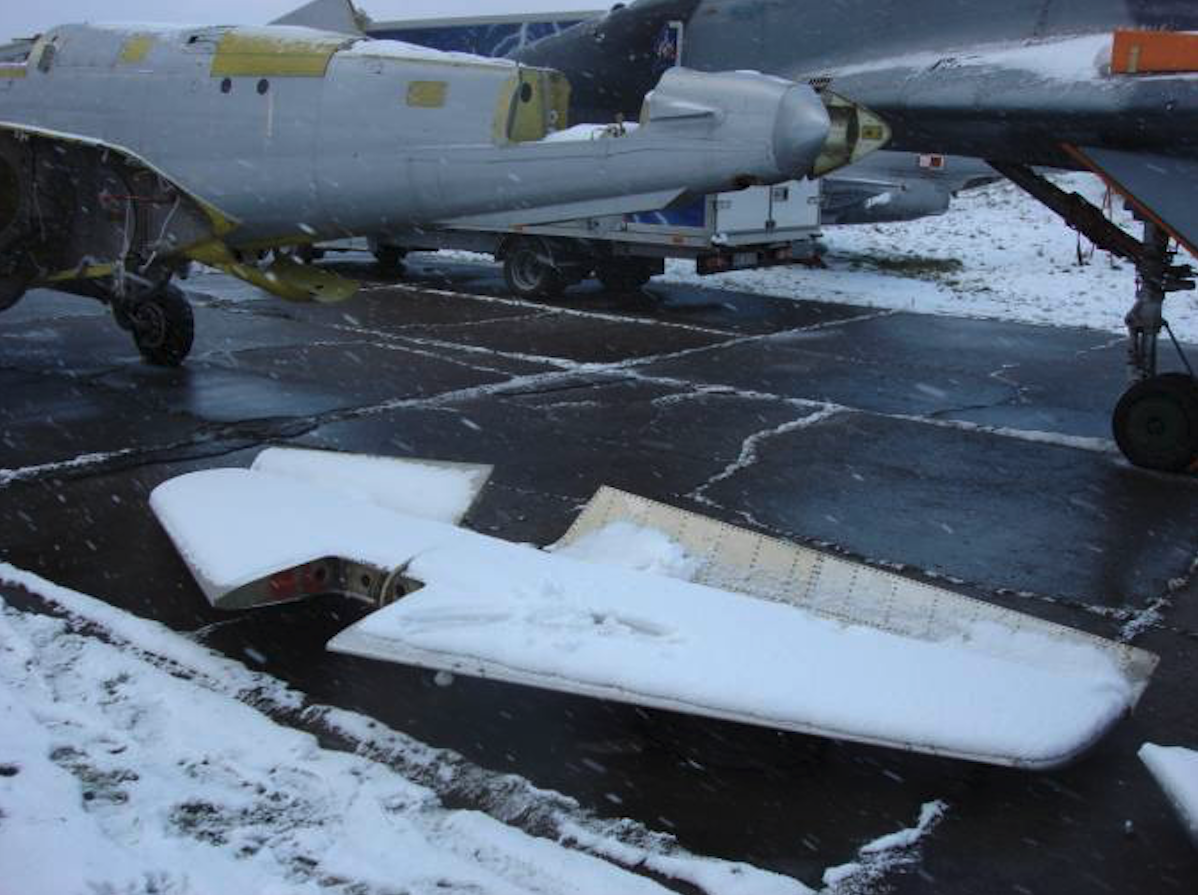Kraków 2007-12-20
PZL I-22 M-93 K Iryda
The Polish Aviation Museum. Kraków - Czyżyny. 2008 year.


In November 2008, the "Star Warrior" plane was brought to the Aviation Museum in Krakow on a truck. As it was written in the press - from the Italian land to Poland. And exactly, this museum in Krakow has been enriched by a new Lockheed F-104 Starfighter fighter. The copy was built under license in Italy and operated there. The delivery of the aircraft was announced to everyone in the press, radio, television and the Internet. A dozen or so reporters took dozens of photos and made several films. Within a dozen or so days, the aircraft was assembled so that it could present itself in all its glory.
Probably this buzz was good because it is a valuable exhibit. Were it not for the fact that at almost the same time, an even more valuable exhibit for Poles was brought to the same museum. Throughout Poland, and in addition still arousing many emotions. I am talking about the PZL I-22 M-93 K aircraft Iryda nb 0305. Not even a dog with a lame leg came to arrive. It was futile to look for any information, even in the professional press or on websites. He was put aside. Nearby were wings and a tail.
As you can see, the plane arouses great emotions during life and after death. It even shares the aviation environment. In the liberal press in the 90s, there was not a single positive statement about this aircraft. He was attacked fiercely.
The specialized press presented the matter of the Iryda Program much more reliably. Interestingly, the arguments of the opponents had nothing to do with reality, as the designers of this machine have repeatedly proved.
PZL I-22 Iryda, like every plane had advantages and disadvantages. We will mention a few drawbacks here to prove that it is almost a miracle that this machine was created. The first defects arose during the idea of building this machine in the 70s. A bit exaggerated, because the Ministry of National Defense wanted a subsonic aircraft, with combat capabilities of the F-16, built by the forces of the Polish and Comecon industry. Which was impossible. We will mention that the plane was to have; radar station, inertia platform, multi-barrel cannon. And all this with the top drive unit imposed. Irida would always lack power for such wide combat capabilities. The next mistake was made when developing the WTT. Some of the parameters listed in them were contradictory. Even Americans would not have built a plane exactly with such WTT. In the 80's, with a command-and-control economy and chronic non-financing, there had to be delays. A fossilized and non-reformable system, and several changes of persons responsible for individual stages, did not favor the progress of work on the Program. The program and the plane itself in its career was thirteen times (13 times) under the magnifying glass of various commissions and institutions, and none of them ordered the discontinuation of further work. Not excluding two accident commissions (1987 and 1996). It is true that two disasters happened and three people lost their lives. Honor their memory! But none of them was caused by the design or incorrect operation of the aircraft.
In 1992, the PZL I-22 Iryda aircraft was put into trial operation. Unfortunately, they were versions with a weaker drive. The version acceptable for the army was the M-93 K version. Equipped with K-15 engines with 2 x 1,500 kG thrust, which is 50% more than this test version. And the avionics of the French company Sagem with GPS from 1994, thanks to which, at that time, the aircraft had greater combat capabilities than any aircraft in Poland.
The program of the Polish aircraft has cost since 1978, i.e. in about 20 years, according to various estimates, it ranged from 600 million to 500 million dollars, on average 300 million dollars, or 1.2 billion zlotys are given, although this figure must be considered approximate . However, one should agree with the opinions that in comparison to foreign jet programs of training-combat aircraft brought to the stage at which the Irida project was completed, it was a low amount. Let's also remember about possible foreign recipients, for example India.
The program collapsed because important Polish politicians known by name did not want a Polish plane. First, they blocked the inflow of funds, and then systematically liquidated the Polish Aviation Industry. The "Civic Platform" party, which carried out the funeral of Irida, turned out to be "heroic".
We will always defend the good name of Polish constructors and workers. Those who know their profession well. Mostly honest and reliable. We don't have to be ashamed of this construction. In a few years we will remember her just like the TS-16 Grot, M-16 and others.



The plane delivered to Czyżyn is a copy of M-93 K No. 1 AN 003-05. Year of construction 1995. Not finished and not flown. It is the 22nd copy of the I-22 aircraft and at the same time penultimate. He was in the final stage of editing. PZL K-15 engines were to be used for its propulsion. He was to have mounted Martin-Baker PL 10 R class 0-0 reclining seats. Unfortunately, the plane was provided with old avionics, the one from the late 80's. The aircraft was painted and received almost all operational labels. The emblem of the 58th Air School Regiment in Dęblin was applied to the hull. Lack of financing prevented the completion of the aircraft. Then the plane belonged to the group intended for modernization and implementation into the MW Aviation, which never happened. And finally in 2008, he came to the Museum in Czyżyny.
If someone has the same opinion as ours, we are happy. If he has a different opinion, we are all the more happy. Because we do not want to be on the side of those who consciously or unintentionally destroyed the Polish Aviation Industry.
Written by Karol Placha Hetman
